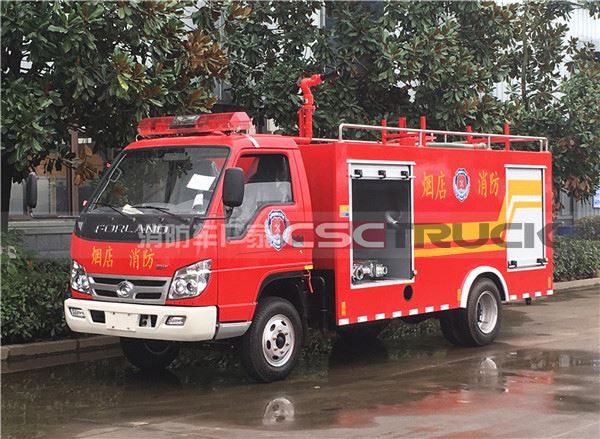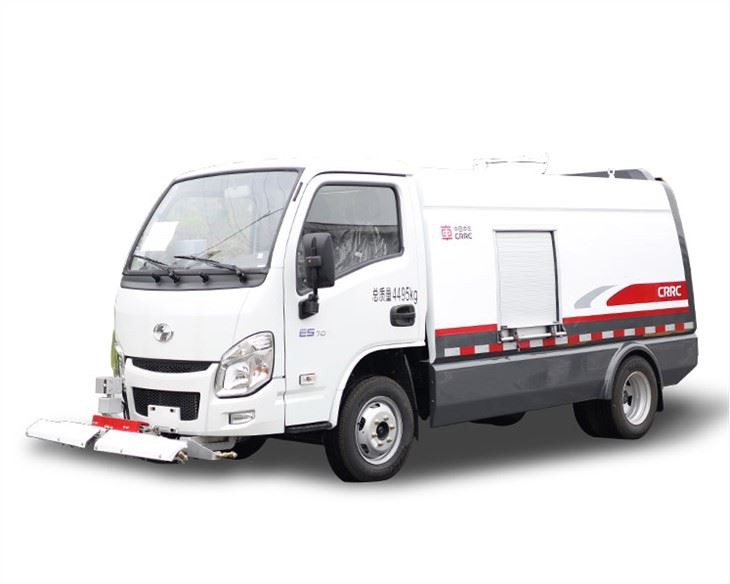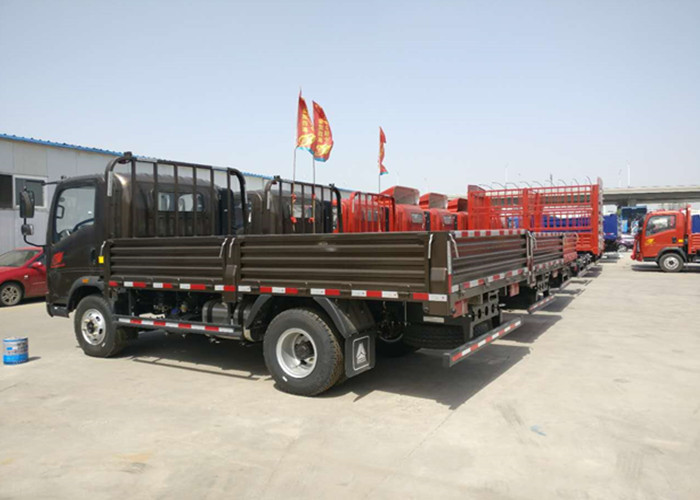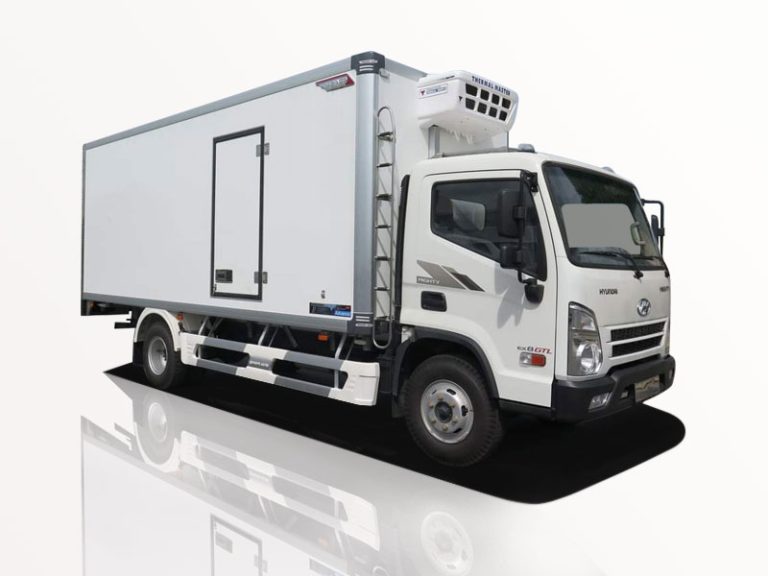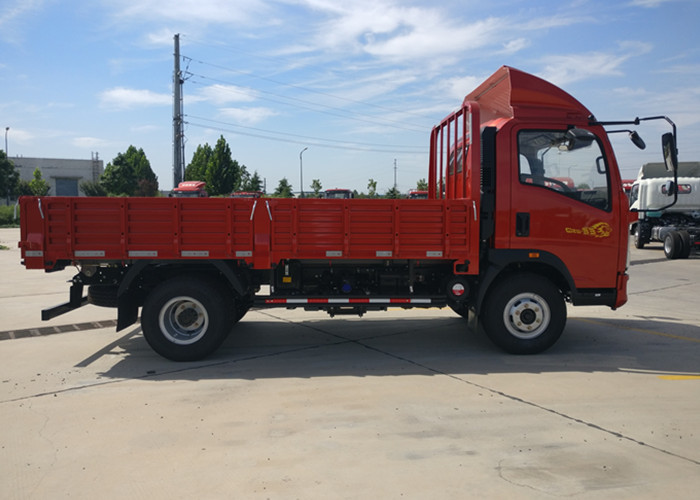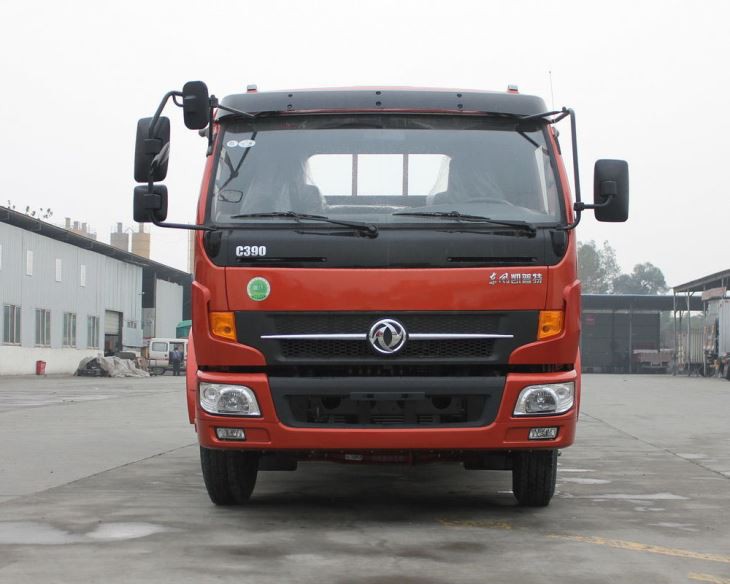Excavators are essential machines used in construction, mining, and landscaping, among other industries. Among the various types available, the 10-ton excavator is a versatile choice that blends power with maneuverability. This guide aims to provide an in-depth look at 10-ton excavators, covering their features, benefits, usage, and practical tips for operators and buyers.
What is a 10 Ton Excavator?
A 10-ton excavator refers to a type of hydraulic excavator with an operating weight of approximately 10,000 kilograms (or about 22,046 pounds). These machines are designed for various tasks, including digging, lifting, trenching, and grading in different terrains.
Key Features of a 10 Ton Excavator
- Operating Weight: Approximately 10 tons.
- Engine Power: Typically between 50 to 80 horsepower.
- Digging Depth: Varies from 3 to 5 meters, depending on the model.
- Blade Type: Can be equipped with standard, wide, or dozer blades.
- Cabs: Fully enclosed cabs for operator comfort and safety.
Benefits of Using a 10 Ton Excavator
Versatility
10-ton excavators are suitable for various projects, making them ideal for general contractors and small businesses. Whether you’re involved in demolition, landscaping, or construction, these machines can easily adapt to your needs.
Maneuverability
Compared to larger excavators, the 10-ton models are more compact, allowing for better maneuverability in restricted spaces, such as urban environments, residential areas, and tight job sites.
Cost-Effectiveness
Owning or renting a 10-ton excavator can be more economical than opting for larger, more expensive machines. They often provide a favorable balance between performance and operational costs.
Common Applications of 10 Ton Excavators
Construction Projects
10-ton excavators are often used in construction for digging foundations, trenching for plumbing or electrical lines, and site grading. Their size allows them to work efficiently on residential and commercial sites.
Landscaping
These excavators are valuable tools for landscaping tasks, such as digging ponds, creating slopes, and preparing sites for planting. Their precision makes them suitable for detailed work where larger equipment may disrupt surroundings.
Demolition Work
In demolition scenarios, a 10-ton excavator can be equipped with various attachments, such as hydraulic hammers or grapples, to safely take down structures without damaging the surrounding area.
Operating a 10 Ton Excavator: Tips for New Operators
Understanding Controls
Familiarity with the excavator’s controls is crucial. Operators should spend time understanding the joystick and foot pedal operations to enhance safety and efficiency.
Safety First
Always wear required personal protective equipment (PPE) such as helmets, gloves, and reflective vests. Inspect the machine before use and maintain a safe distance from other workers during operation.
Planning the Excavation
Before starting any digging work, plan your excavation carefully. Assess the area for utilities or obstacles and mark the digging path to avoid costly mistakes.
Choosing the Right 10 Ton Excavator
New vs. Used
| Aspect | New Excavator | Used Excavator |
|---|---|---|
| Cost | Higher initial investment | Lower upfront cost |
| Warranty | Usually includes warranty | May not have warranty |
| Condition | New condition | Depends on previous use |
| Depreciation | Depreciates quickly | Slower depreciation after initial drop |
Brand Reputation
When selecting a 10-ton excavator, consider reputable brands such as Caterpillar, Komatsu, or Kubota. Research user reviews and after-sales service quality to make informed decisions.
Attachments Availability
Choose a model that supports various attachments like buckets, hydraulic breakers, or grapples. The flexibility to switch attachments can significantly enhance productivity for specific tasks.
Maintenance and Care for a 10 Ton Excavator
Regular Inspections
Conduct daily inspections before use, focusing on engine oil levels, hydraulic fluid levels, and overall machine condition to prevent unexpected breakdowns.
Scheduled Maintenance
Follow the manufacturer’s maintenance schedule, which often includes regular hydraulic system checks, filter changes, and brake adjustments. Keeping the excavator in good shape ensures longevity.
Cleaning
Regularly clean the excavator to remove dirt and debris. Pay special attention to the undercarriage, as accumulated mud can affect performance and increase wear and tear.
Cost of Owning a 10 Ton Excavator
Purchase Price
The price of a new 10-ton excavator typically ranges from $50,000 to $80,000, depending on brand and features. Used models may cost significantly less but require careful inspection.
Operating Costs
Operating costs include fuel, maintenance, insurance, and repair expenses. Operators can expect to spend around $50 to $100 per hour, factoring in all associated costs.
Rental Costs
If purchasing is not feasible, consider renting. Rental fees for a 10-ton excavator usually range between $250 to $600 per day, depending on the rental company and duration of use.
Future Trends in the Excavator Industry
Technology Integration
The integration of technology like telematics, GPS, and autonomous operation systems is expected to revolutionize the excavator industry. These advancements will enhance productivity and safety on job sites.
Eco-Friendly Models
With increasing environmental concerns, manufacturers are developing eco-friendly excavators with reduced emissions and enhanced fuel efficiency, paving the way for greener construction practices.
Advancement in Attachments
Future excavators will likely feature more advanced and specialized attachments, further widening the scope of potential applications for 10-ton models in varied fields of work.
FAQ Section
1. What is the ideal size for a 10-ton excavator?
The ideal size varies based on the job site and project requirements, but a 10-ton excavator generally offers a balance between power and maneuverability for mixed-use environments.
2. Can a 10-ton excavator be used for residential projects?
Yes, its compact size makes it suitable for residential projects, such as landscaping or foundation digging without damaging surrounding property.
3. How often should I service my 10-ton excavator?
Regular maintenance should be performed as outlined in the manufacturer’s manual, typically every 250 hours of operation or at least once a year.
4. What kind of attachments are available for a 10-ton excavator?
Common attachments include buckets (various sizes), hydraulic breakers, augers, and grapples, enhancing the machine’s versatility for different tasks.
5. Is it better to buy or rent a 10-ton excavator?
It depends on your usage frequency. If you require it for a single project, renting might be more economical. For ongoing needs, purchasing could be more cost-effective in the long run.
6. Where can I find parts for my 10-ton excavator?
Parts are available through the manufacturer’s authorized dealers, online marketplaces, and specialized heavy equipment parts suppliers.
